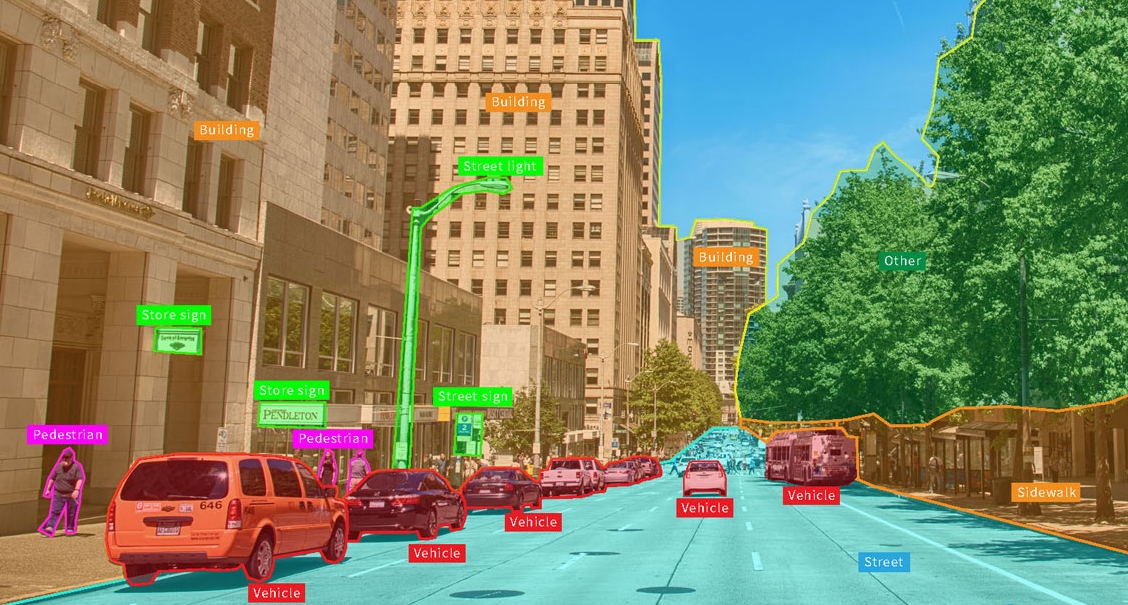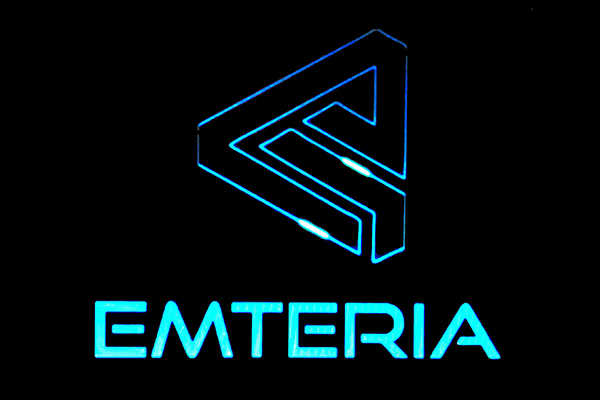In today’s rapidly evolving technological landscape, computer vision stands out as a revolutionary field that mimics human vision’s capabilities, allowing machines to interpret and understand the visual world. From enhancing security to transforming shopping experiences, computer vision is integrated into various aspects of our daily lives, making everyday tasks more efficient and secure. This blog delves into what computer vision is, how it works, the tasks it can perform, its common applications, and how companies like Geniatech are contributing to this exciting field.

What Computer Vision Is
Computer vision is a branch of artificial intelligence (AI) that enables computers to interpret and make decisions based on visual data. By mimicking human vision, computer vision systems can analyze images and videos to extract meaningful information. Unlike human vision, which relies on the brain to process visual information, computer vision uses algorithms and models to achieve similar outcomes.
How Computer Vision Develops
The journey of computer vision began in the 1960s with early experiments in image processing and pattern recognition. Over the decades, advancements in machine learning and computational power have propelled computer vision from simple image processing tasks to complex real-time applications. Key milestones include the development of convolutional neural networks (CNNs) in the 1980s and the advent of deep learning in the 2010s, which significantly enhanced the capabilities of computer vision systems.
How Computer Vision Works
At the heart of computer vision are machine learning and neural networks. Machine learning involves training models on large datasets to recognize patterns and make predictions. Neural networks, particularly convolutional neural networks (CNNs), are designed to process and analyze visual data by mimicking the human brain’s structure and function.
The computer vision pipeline consists of several steps:
- Image Acquisition: Capturing visual data through cameras or sensors.
- Image Processing: Preprocessing images to enhance quality and extract features.
- Image Analysis: Analyzing processed images to detect objects, patterns, or anomalies.
- Understanding: Interpreting the analysis results to make decisions or predictions.
Key processes within this pipeline include feature extraction, where relevant features are identified, and pattern recognition, where these features are used to classify or recognize objects within the image.
Tasks Computer Vision Can Perform
Computer vision is a versatile technology capable of performing a variety of tasks that enhance its applicability across different fields. By leveraging advanced algorithms and deep learning models, computer vision systems can analyze and interpret visual data in ways that were once thought impossible. Here are some of the key tasks that computer vision can perform.

Image Classification
Image classification involves assigning a label to an image based on its content. For instance, a model trained to classify images might identify whether a given image contains a cat, dog, or car.
Object Detection
Object detection goes beyond classification by identifying and locating multiple objects within an image. This task is crucial for applications like autonomous driving, where the system needs to detect pedestrians, vehicles, and road signs.
Object Tracking
Object tracking follows the movement of objects across a series of frames in a video. This is essential for surveillance and sports analysis, where continuous monitoring of objects is required.
Content-Based Image Retrieval
Content-based image retrieval (CBIR) allows searching for images based on their visual content rather than metadata. This is useful in digital libraries and online shopping, where users can find similar images or products.
Common Applications of Computer Vision in Daily Life
The capabilities of computer vision extend far beyond theoretical or niche applications; they have a profound impact on our everyday lives. From enhancing security to revolutionizing how we shop and communicate, computer vision technologies are seamlessly integrated into numerous aspects of daily life. Let’s explore some common applications that demonstrate the practical benefits of computer vision.
1. Home Security Systems
Smart security cameras equipped with computer vision can detect motion, recognize faces, and alert homeowners to potential intruders. These systems enhance personal safety and property security by providing real-time monitoring and automated alerts.
2. Public Surveillance
In public spaces, computer vision is used for crime prevention and ensuring public safety. Surveillance cameras with advanced analytics can detect suspicious activities and alert authorities, helping to maintain order and security.
3. Personalized Shopping
Computer vision helps in creating personalized shopping experiences by analyzing customer behavior and preferences. Retailers can recommend products and customize marketing strategies based on visual data analysis.
4. Fitness and Exercise Apps
Computer vision-powered fitness apps analyze workout form and provide feedback, helping users perform exercises correctly and avoid injuries. These apps use video input to track movements and offer real-time corrections.
5. Telemedicine and Remote Diagnostics
In healthcare, computer vision aids in remote diagnostics by allowing doctors to analyze medical images and videos. This improves access to medical services, especially in remote areas, and enables timely diagnosis and treatment.
6. Driver Assistance Systems
Advanced driver assistance systems (ADAS) use computer vision to enhance road safety. Features like lane-keeping, pedestrian detection, and traffic sign recognition assist drivers in making informed decisions and avoiding accidents.
7. Autonomous Vehicles
Self-driving cars rely heavily on computer vision to navigate and understand their environment. By processing visual data from cameras and sensors, these vehicles can detect obstacles, follow traffic rules, and drive safely.
8. Smart Home Devices
Devices like smart cameras and doorbells use computer vision to recognize family members, detect intruders, and monitor activities. These devices contribute to home automation and security, making homes more efficient and safe.
9. Pet and Child Monitoring
Computer vision enables monitoring of pets and children at home, ensuring their safety and well-being. Smart cameras can send alerts when unusual activities are detected, giving parents and pet owners peace of mind.
10. Environmental Monitoring
Computer vision applications in environmental monitoring include analyzing pollution levels, detecting deforestation, and monitoring climate change. These applications aid in preserving the environment and addressing ecological challenges.
Geniatech’s Solutions
As a leader in the embedded computing industry, Geniatech offers a range of solutions that harness the power of computer vision. Its products are designed to meet the diverse needs of various industries, providing robust and efficient platforms for deploying computer vision applications. Here’s how Geniatech’s solutions contribute to the advancement and implementation of computer vision technology.

Embedded Systems and Development Boards
Geniatech offers embedded systems and development boards that support the deployment of computer vision applications. These systems come equipped with powerful processors and GPUs, making them ideal for handling complex visual data processing.
Edge Computing
Geniatech’s edge computing solutions enable real-time processing of computer vision tasks locally on devices, reducing latency and improving efficiency. This is crucial for applications requiring immediate responses, such as autonomous vehicles and security systems.
Integration with AI Frameworks
Geniatech’s hardware is compatible with popular AI frameworks. This allows developers to easily integrate and deploy computer vision models on their platforms.
Custom Solutions
Geniatech provides custom solutions tailored to specific computer vision applications. Whether it’s for industrial automation, healthcare, or retail, Geniatech’s products are designed to meet the unique requirements of various industries.
Industrial and Consumer Applications
Geniatech’s products are used in a wide range of applications, from industrial automation and smart manufacturing to consumer electronics and smart home devices. Their solutions help bring computer vision technology into everyday use, enhancing efficiency and convenience.
Conclusion
Computer vision is transforming various aspects of our daily lives, from improving security and convenience to enhancing health and accessibility. By understanding what computer vision is and how it works, we can better appreciate its impact and potential. Companies like Geniatech are at the forefront of this technological revolution, providing the tools and solutions needed to harness the power of computer vision. As this field continues to evolve, we can expect even more innovative applications that will further integrate computer vision into our everyday experiences.

